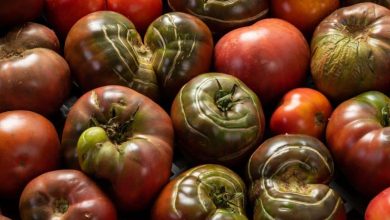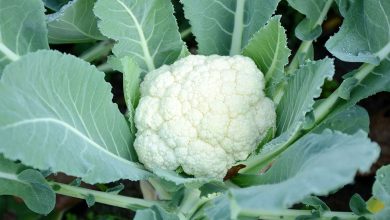Cabbage Caterpillars (Pieris brassicae and Pieris rapae): [Characteristics, Detection, Effects and Treatment]
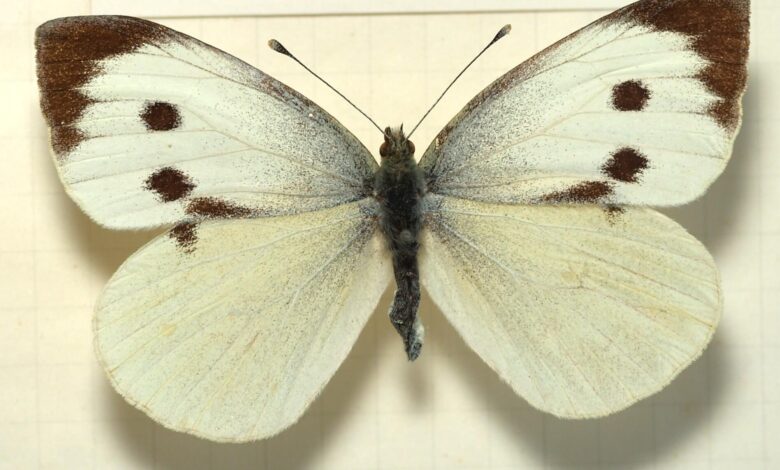
What are cabbage caterpillars?
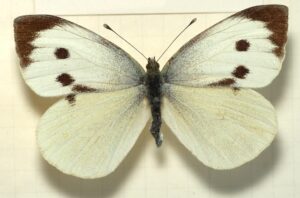 One of the pests that most frequently attack cabbage crops are caterpillars, where two species stand out that can ruin the entire harvest: Pieris brassicae and Pieris rapae.
One of the pests that most frequently attack cabbage crops are caterpillars, where two species stand out that can ruin the entire harvest: Pieris brassicae and Pieris rapae.
They are diurnal species of butterflies that are capable of wintering as pupae, and then appearing in spring, when they lay their eggs on the leaves of the plants they invade, in order to reproduce and feed.
The larvae are responsible for great damage to the leaves and combating them is somewhat complicated, because they usually have the ability to reproduce between two to three generations a year, which is why it is very appropriate to take preventive measures. They generally multiply throughout the year in three generational periods.
The first generation arises from April to June, after nesting in weeds and wild plant species. Then comes the second generation, which erupts between July to August and, finally, the last between the months of September to October, but remains dormant throughout the winter , and then returns in the spring with a tremendous devouring and reproductive activity.
How can we identify them?
It is not very difficult to identify them. Both species have similar characteristics. Let’s see.
- They measure around 5-6 cm and are white with dark spots, in the butterfly phase.
- The main evidence of the attack is the appearance of holes in the leaves of the crops. They attack the most superficial, but sometimes the voracity is such that hardly the central nerve of the leaf remains.
- They also excrete on the plant , being able to irreducibly damage the fruits.
- They have a reproductive behavior that is divided into several phases. In the first generation of brassicas, they usually remain in the weeds, but already towards the second and third generation they invade the crops, in a period that ranges from July to October, when the white butterflies always appear flying in pairs.
- Their eggs are quite visible to the naked eye and are placed on the underside of the leaves in clusters. They are yellow in color and are put in dozens, in bunches of about 20-50. But this only happens in the case of Pieris brassicae.
- The Pieris rapae have the particularity that individual lay eggs, so if they are hard to identify.
- The eggs hatch, on average, about 12 days after laying, giving way to hungry larvae.
- The larvae have a similar appearance in both species. They are elongated, hairy, about 4 cm in length, although they vary in color. The Pieris brassicae has a greenish coloration, with small dark spots on the head and yellowish lines along the body, while the Pieris rapae, also green in color, has soft yellow lines and can be camouflaged in the cabbage, because it acquires the same hue of the vegetable.
- The larvae adhere to the leaves with the help of very thin and sticky threads.
- When they are young, the caterpillars act in groups, but as they mature they disintegrate until they act individually. They have an average life of one month.
- They are also capable of building, in that time of one month, the pupa or chrysalis that will house new members of the next generation of adult butterflies.
What plants do cabbage caterpillars affect?
How to combat cabbage caterpillars?
Let’s look at some of the most important measures to combat the presence of these persistent caterpillars in cabbage crops.
Sheet review
It is necessary to always carry out meticulous inspections in each plant, as soon as the spring season begins, with a review of the underside of the leaves, in order to detect intruders, which can be removed manually. The same is done with the eggs, which are easily destroyed.
Weed removal
Any wild grass that grows around the plants must be removed promptly because they become home to the first generation of caterpillars.
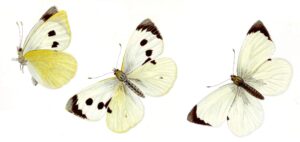 They are especially favorable to these species of caterpillars, the herbs belonging to the crucifers, such as the Synapsis, Rphanus and Diplotaxis, spontaneous species that become an exquisite food for the caterpillars on which they will develop to bring to the world a second generation of these insects much more numbers than the first, bringing serious damage to crops.
They are especially favorable to these species of caterpillars, the herbs belonging to the crucifers, such as the Synapsis, Rphanus and Diplotaxis, spontaneous species that become an exquisite food for the caterpillars on which they will develop to bring to the world a second generation of these insects much more numbers than the first, bringing serious damage to crops.
Biological controls
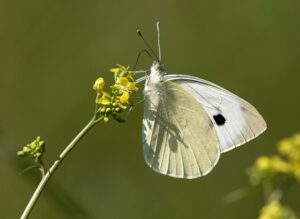 If they become a persistent pest, it is convenient to apply biological control treatments so as not to cause chemical impact on the crops.
If they become a persistent pest, it is convenient to apply biological control treatments so as not to cause chemical impact on the crops.
To do this, it is best to use the natural predator of these caterpillars: Apanteles glomeratus , a very strong larva that parasitizes on the Pieris larvae, causing them to die.
The introduction of the bacterium Bacillus thuringiensis kurstaki also works very well , a pathogen that can be applied in a special formula in water-dilutable powder, easily accessible in specialized stores to be applied with the help of sprays on the leaves.
In the same way, Neem oil with its active ingredient, azadirachtin, works with frequent sprays after being dissolved in water following the instructions on the package insert included by the manufacturer. It does not work to remove eggs or adults, but it does work in the early stages of the caterpillar .
Chromatic traps
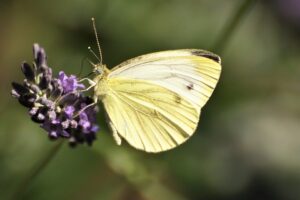 With plastic bottles painted blue and smeared with glue, traps can be made that will attract the attention of the butterflies, which can be reduced early because they will stick to the surface, being completely immobilized.
With plastic bottles painted blue and smeared with glue, traps can be made that will attract the attention of the butterflies, which can be reduced early because they will stick to the surface, being completely immobilized.
In early spring, several of these blue traps will need to be placed inside cabbage crops in early spring to prevent female butterflies from starting to spread their eggs on plant leaves.
Both products affect the digestive system of the caterpillars, which, when unable to feed themselves, then die of starvation. The ideal is to combine them, alternately to obtain good results, because they eliminate the larvae early, thus breaking the life cycle of the caterpillar.
What are the best products to eliminate cabbage caterpillars?
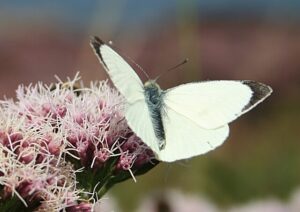 Etofenprox is one of the most effective insecticides to combat the pesticidal behavior of these Lepidopterans, but it also works very well against species of Diptera, Coleoptera, Thysanoptera and Hymenoptera.
Etofenprox is one of the most effective insecticides to combat the pesticidal behavior of these Lepidopterans, but it also works very well against species of Diptera, Coleoptera, Thysanoptera and Hymenoptera.
The downside is that this product pollutes water sources, being toxic to aquatic life in general. Other approved chemical formulations are pyrethrins, deltamethrin, and cypermethrin.
They are applied to crops as insecticides applied on the underside of the leaves with the help of sprays, to control these pests, once it is observed, for example, that the attack threshold reaches 10% of the total crop, it is that is to say, that it exceeds 15 infected plants, regardless of the type of caterpillar detected.
It should not be forgotten that the critical moment, the one with the greatest care, is when the plants are less developed, when the crop has not yet borne fruit.

